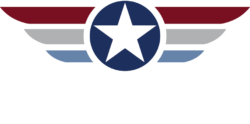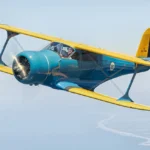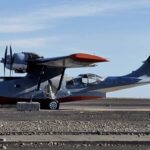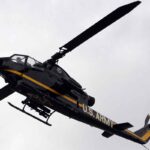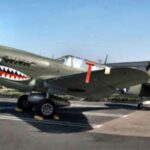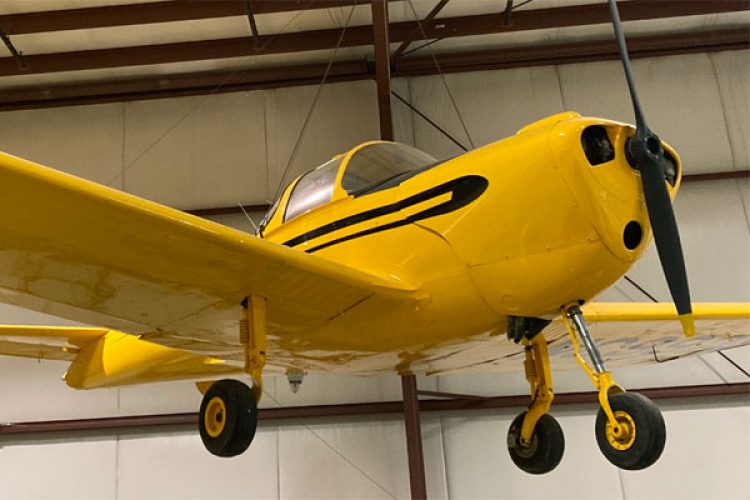
Service History of N99229
1946: Delivered
1994: West Texas Air Museum, El Paseo TX
2009: Acquired by Yanks
Pilots often speak of managing “stick and rudder” when flying an aircraft. The ability to effectively manage an aircraft’s control surfaces to execute a “coordinated turn” is a fundamental skill in aviation. But in the early 1930’s, Fred Weick began work on an unusual design for an aircraft meant to simplify the problem of control. An influential member of the National Advisory Committee for Aeronautics (NACA), Weick was frequently involved with the development of new design features such as low drag surfaces, tricycle landing gear, and early wind tunnel designs. In 1936 he joined the Engineering and Research Corporation (ERCO) and by 1937 had completed the design of an aircraft that was aerodynamically stable and “characteristically incapable of spinning”. Its compact design quickly earned it the name Ercoupe.
With no rudder pedals, input on the yoke/wheel provided simultaneous control of elevators, ailerons, and rudder. The simplified controls necessitated the creation of a new category license for pilots trained in the Ercoupe and unfamiliar with the use of rudder pedals. In 1941, early experiments for rocket-assisted take-off (RATO) took place at Wright Field, OH and March Field, CA involving an Ercoupe equipped with a GALCIT rocket booster. The Ercoupe remains a popular light sport aircraft today and, with its unique characteristics, it helped Jessica Cox become the first armless pilot in world history in 2008.
